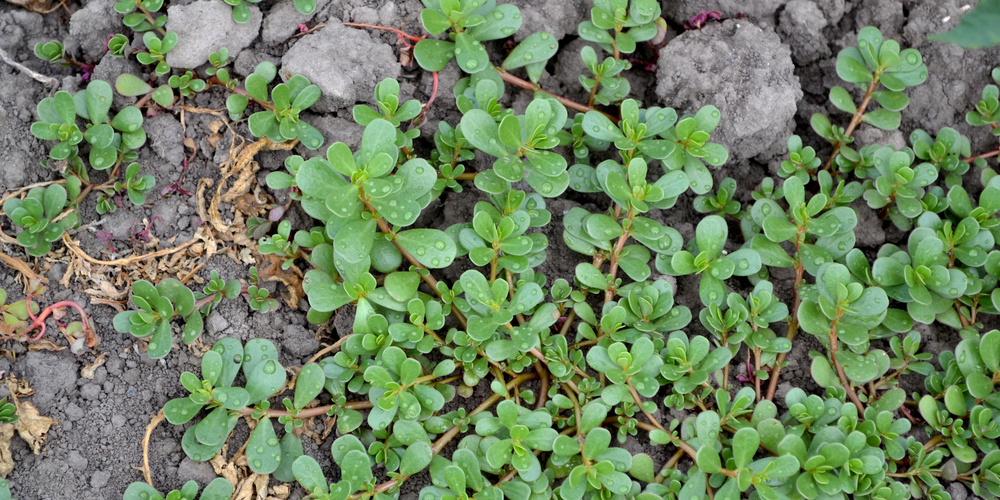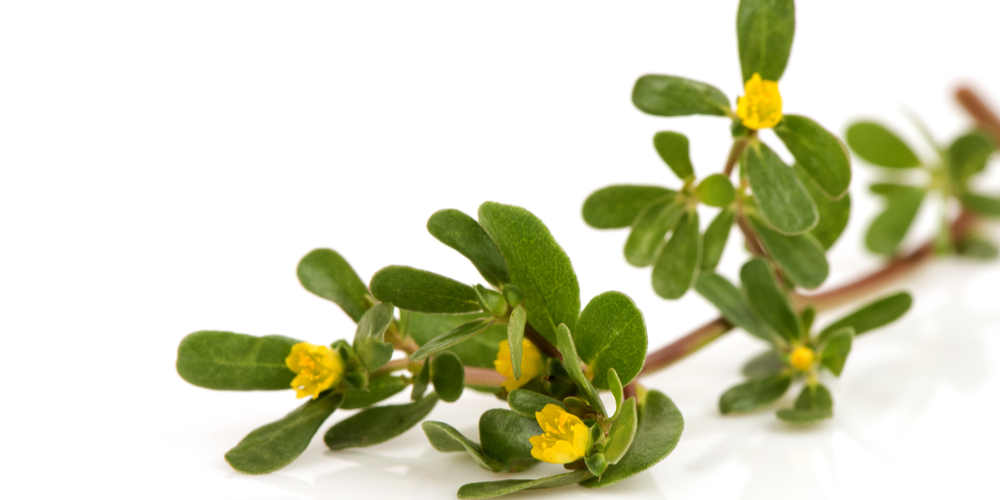Purslane is an often overlooked plant that can be found in many gardens. It’s a succulent with small, fleshy leaves and a sprawling growth habit. While purslane may not be the most popular plant, it has some excellent benefits you may not know about! Keep reading to learn more about purslane and why you should consider adding it to your garden this year. We’ll answer the question, ‘is Purslane a perennial or annual?’
Is Purslane A Perennial Or Annual
Purslane is a succulent in the family Portulacaceae. It is an annual plant, and approximately forty cultivars are currently grown. However, it self-seeds readily, so you may find seedlings appearing in unexpected places.
Purslane, also known as little hogweed, pigweed, featured, and pusley, is prized for its nutritional and medicinal benefits.
It is an annual plant that grows in zones 10-11. This lovely trailing succulent may be utilized in pots, hanging baskets, or as ground cover. It is not a fussy plant and will do well in most soils as long as it has good drainage.
Purslane: Origins
Common purslane (Portulaca oleracea) is a small, succulent plant that originates from India and Persia. The plant has thick, fleshy leaves and stems and small yellow flowers. It is extremely drought-tolerant and can often grow in dry, sandy areas.
Unfortunately, common purslane is considered an invasive species in many parts of the world. The plant grows rapidly and easily outcompetes native vegetation. As a result, it can cause significant damage to local ecosystems.
Medicinal Uses
Purslane has a long history of medicinal usage, dating back to ancient Greece. It is important in herbal medicine because of its use as a diuretic and anti-inflammatory treatment. It has also been used as a purgative, muscle relaxant, cardiac tonic, and emollient.
Purslane has been shown to have anti-inflammatory, antiviral, and anticancer potential. It is also used to treat psoriasis and osteoporosis. Many of its historic uses have been verified by modern studies, and it is now being researched for its possible role in cancer prevention and therapy.
Purslane is an excellent source of vitamins A, C, and E and omega-3 fatty acids. It is also a good source of antioxidants and phytochemicals. These nutrients give purslane powerful anti-inflammatory and anticancer properties.
In addition to its nutritional value, purslane is also low in calories and fat. As a result, it is an excellent food for people trying to lose weight or maintain a healthy weight.
Purslane can be eaten raw or cooked, and it is a versatile ingredient that can be added to salads, soups, stews, and stir-fries. It is also a good choice for juicing or blending into smoothies.
Culinary Uses
Purslane has a slightly sour, lemony flavor that perfectly complements other salads’ ingredients. It can also be used in soups, stews, and stir-fries.
To use purslane in a salad, wash the leaves and chop them into bite-sized pieces. Add them to your favorite salad recipe, or enjoy them as a simple side salad.
If you’re looking for a more substantial dish, add chopped purslane to soups and stews. It’s also a great addition to stir-fries. To use purslane in these dishes, cook it until it is wilted.
In addition to its nutritional value, purslane is also low in calories and fat. As a result, it is an excellent food for people trying to lose weight or maintain a healthy weight. It is also a good choice for juicing or blending into smoothies.
How To Grow Purslane
Purslane is a versatile and easy-to-grow herb that can add a delicious zest to any dish. It is also packed with nutrients, making it a healthy addition to your diet. If you are thinking about adding purslane to your garden, here are a few tips to get you started.
Purslane grows best in full sun and well-drained soil. It is a hardy plant that can tolerate many conditions, so it is a good choice for beginner gardeners. To plant, sow seeds directly into the ground or start them indoors in flats.
Transplant seedlings outdoors when they are 4-6 weeks old, spacing them 12 inches apart. Purslane will begin to produce leaves within a few weeks of planting.
Harvest leaves as needed, taking care not to damage the plant. Harvest purslane leaves when they are young and tender for the best flavor.
Is purslane a perennial or annual: Conclusion
Purslane is an underutilized herb, that can be grown indoors and outside and has a variety of uses. It can be eaten raw or cooked, and its slightly sour, lemony flavor pairs well with other ingredients.
Purslane is also a good source of vitamins, minerals, and antioxidants. Purslane is easy to grow and can be started from seed. It is a hardy plant that tolerates many conditions, making it a good choice for beginner gardeners. Give purslane a try in your garden this year!


